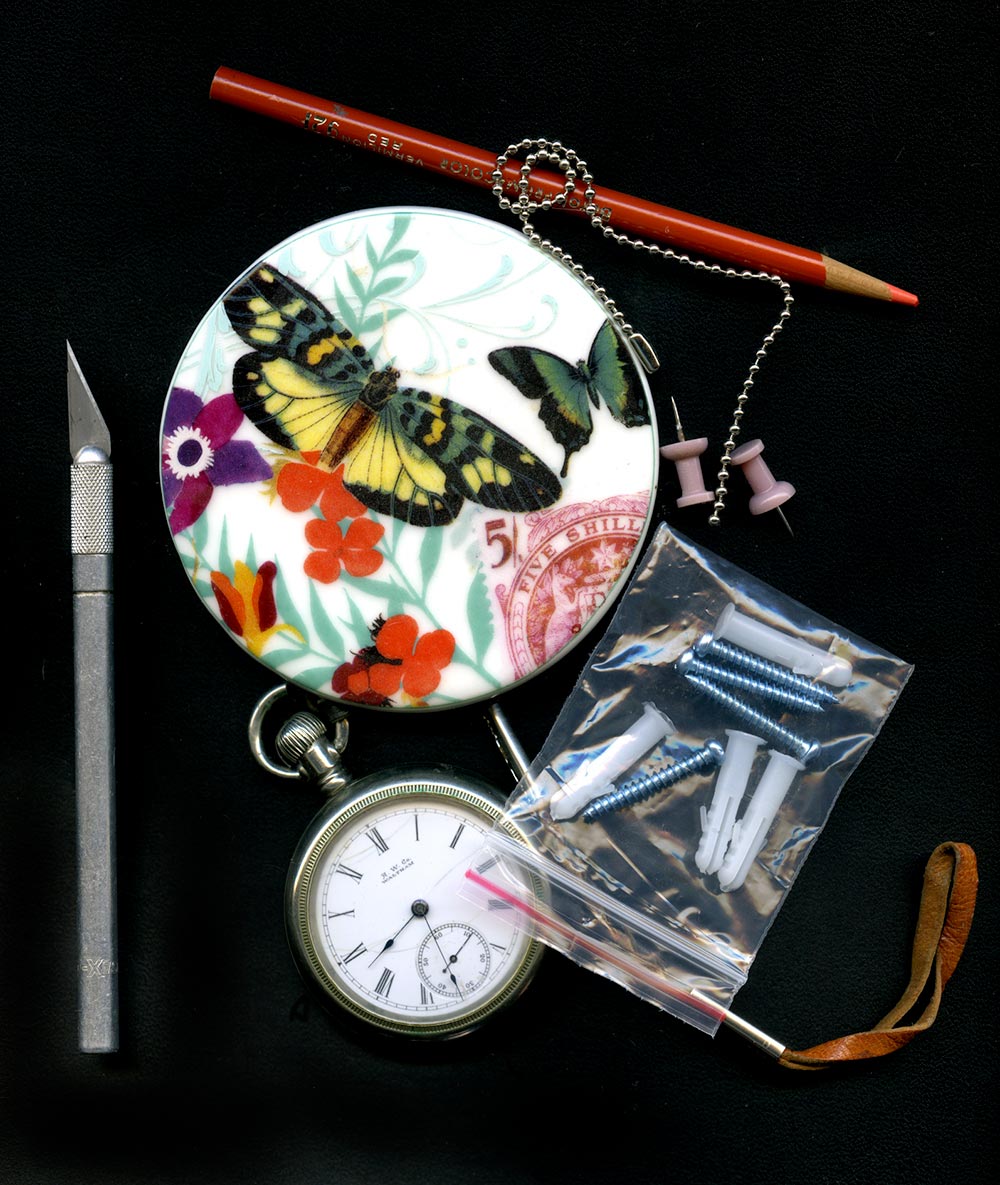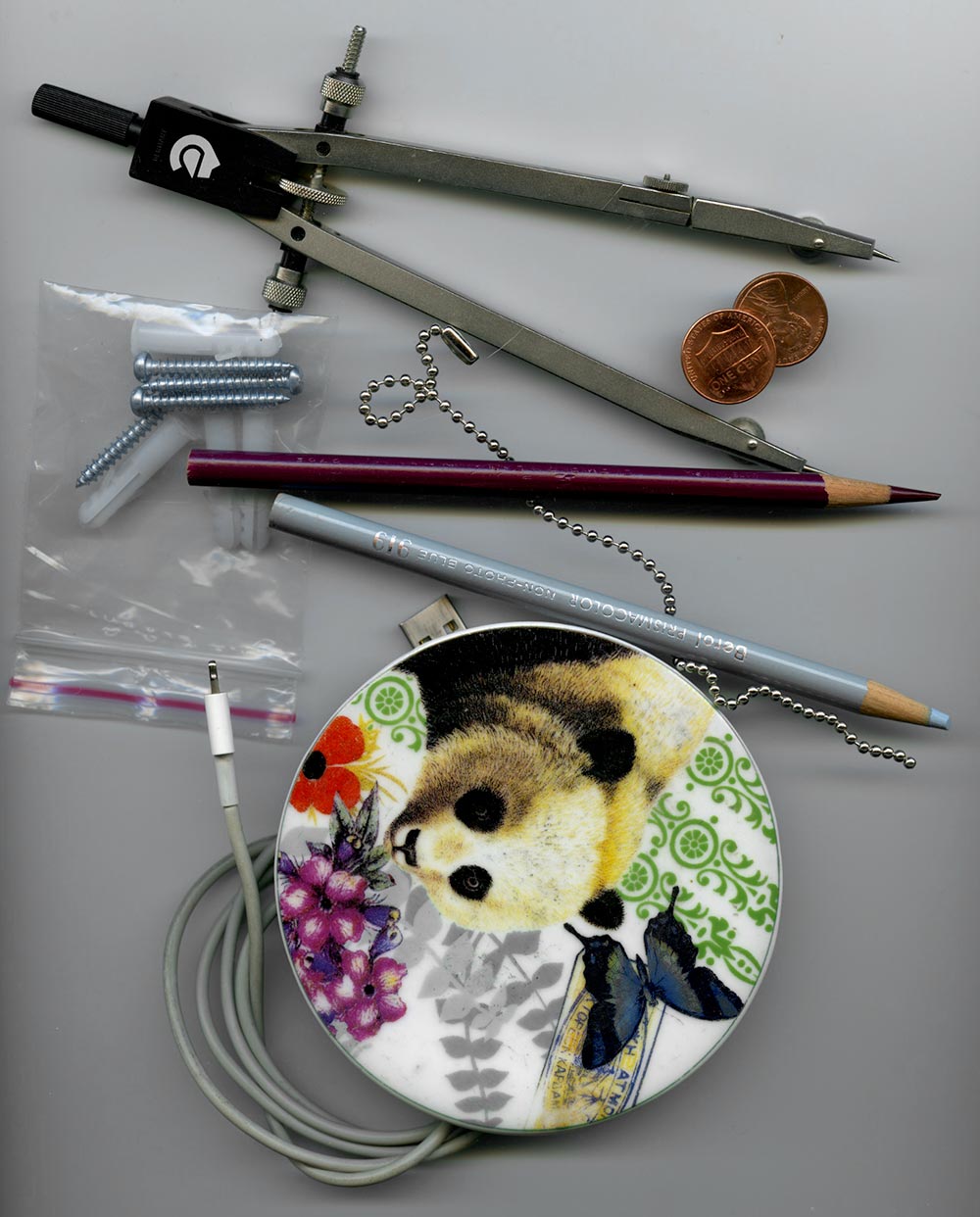I’m looking for 11x17 adjustable lid scanner (if there is such a thing). In other words, I can construct my scene on the scanning bed itself right before I scan. I’ve never used one, but I assume it would be great for scanning small objects that are not just made out of paper.
What is a “scene?” Are you referring to placing various three-dimension objects on a flatbed scanner?
There are scanners with covers (lids) that move up and down a little to accommodate scanning thicker, but still flat, objects. The problem with scanning various 3D odds and ends (if that’s what you’re asking about) is that you’ll get lots of unsightly shadows and those things not pressed right up against the class will be out of focus.
Good luck.
11x17s went the way of the dodo several years ago. Fuji-Lanovia made some of the last ones out there that were any good. I see you can still find used ones on eBay for $$$$.
What you really want is a cruz scanner for relatively flat 3D objects, but even those are no longer available. Those are even more money. I had a printer tell me, after the fact, that they’d “recycled” theirs. Never even occurred to them I’d have bought it even though I was about the only client using it. Parts are hard to come by too.
You might make do with a canoscan 8.5 x 11 but the thing about scanning 3D objects on a glass flatbed scanner is the depth of focus is “at the glass.” Things tend to blur the further away from glass they get. Mine has a light lid for scanning film and I don’t even like using the film holder as it lifts the film about 1mm away from the glass.
Edit: I see the CruseScanner is still available.
https://crusescanner.us/cruse-st-scanner/
Back when I worked at a newspaper, we had a huge Sharp (I think) flatbed (late '80s or early '90s, maybe). I can’t remember the exact size, but it was meant for scanning thing as large as a broadsheet newspaper page. We used it for scanning page-sized illustrations. The thing cost a small fortune. I also remember some tolerance problems with the scanned image shifting around by a few points from top to bottom.
Yes, various 3-D objects. But I assumed that the “raisable” lid meant that some kind of flaps will still cover the area around… Or maybe I can put a dark blanked all over it?
Those Cruisa scanners – too big for me and will be too pricey for me too.
I just ran a test for you on my flatbed here at home, an Epson Perfection V700 Photo.
I placed a black covering over the objects before scanning them. If I had used a white (or any light-colored) covering, there would have been major shadows along the edges of most everything. I should have done a scan of that, but I didn’t. A black cover takes care of the shadow problem, but do you always want a black background?
The focus isn’t as off as I would have suspected. It worked better than I anticipated.
Wow… exactly! That’s what I’m talking about. You don’t have to deal with isolating elements on different layers and adding fake Photoshop shadows. If white background isn’t possible, then you can mess around with colorizing, and levels to create desired effects.
Just out of curiosity, I scanned some things using only the built-in white cover lid. Here’s the unretouched scan. Like I thought, it didn’t turn out as well. You could experiment with leaving the cover off altogether or positioning the white cover higher up or projecting light onto it from the top to cancel out the shadows. I don’t know how well any of that might work, though.
I maybe shoulda mentioned, “focus” as applied to rather large enlargements. My Canoscan at work will handle usually a 2x but sometimes a 4x enlargement depending on the thickness of the pieces being scanned. I don’t usually scan color chromes with it if I’m going larger than 8x10. I send that out for drum scanning.
You can lay a piece of white paper (or whatever color you want) down on the floor, create your layout, and take a photos. Of course, getting a high quality photo will require a decent camera, a tripod, and some basic lighting.
Yes, that’s another way to do it. I’ve done it that way, but not the scanner way.
I’m not even sure I know a place with a functioning drum scanner any longer. Does anyone even still make them?
Edit:
I actually have 2 guys left. One local and one in NYC.

